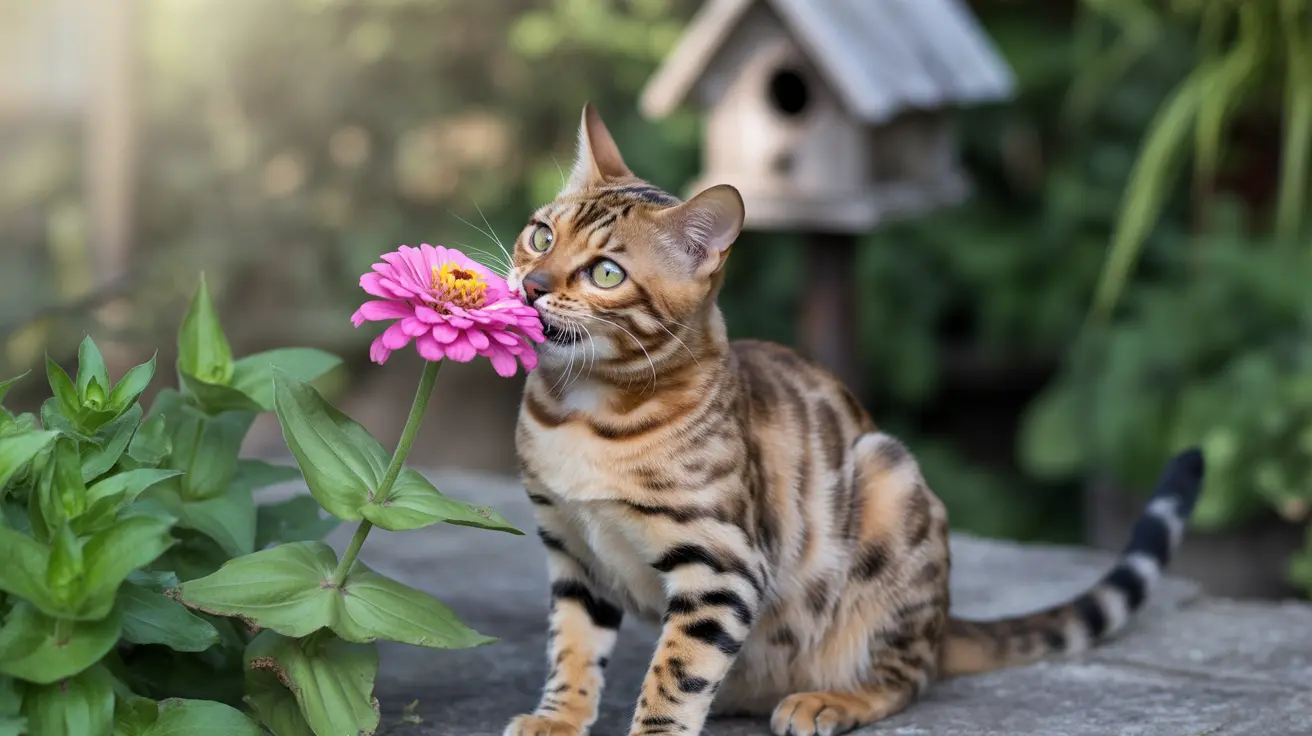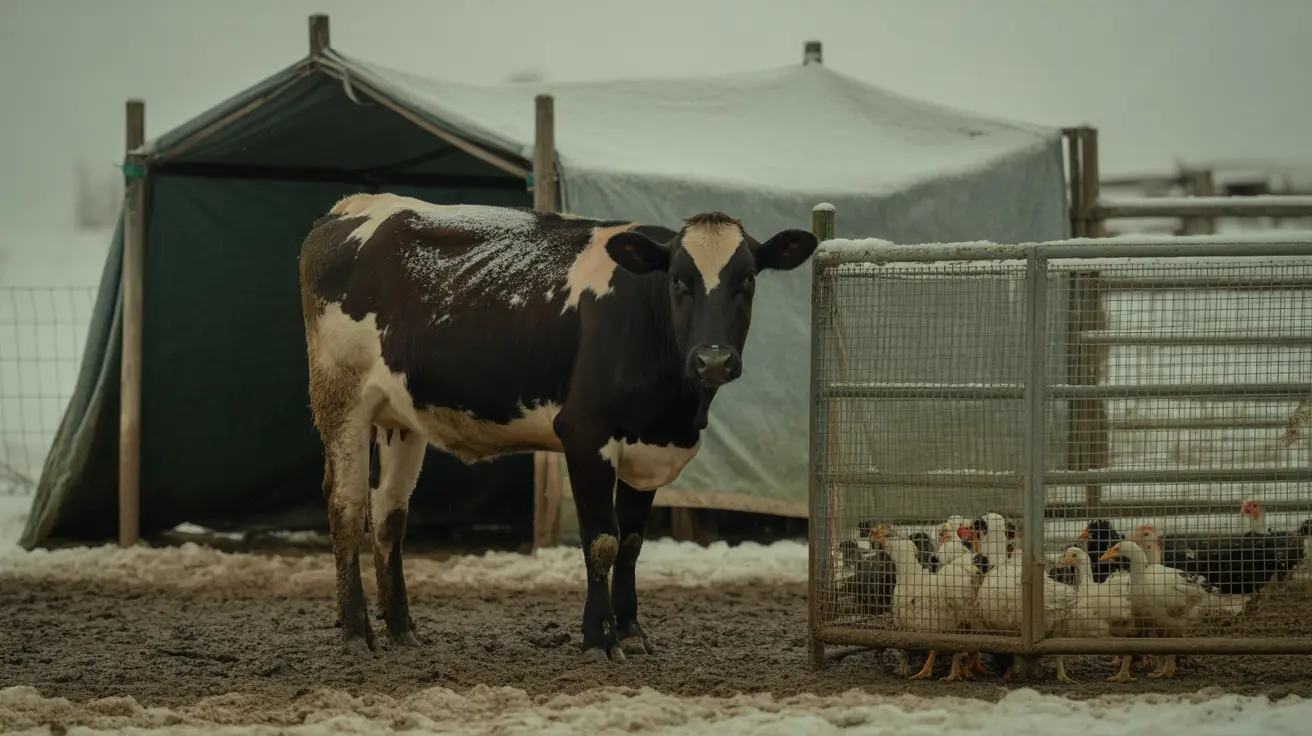If you're a cat owner who loves gardening, you might wonder about the safety of common flowers like zinnias around your feline friends. The good news is that zinnias are considered non-toxic to cats, making them an excellent choice for pet-friendly gardens and homes.
In this comprehensive guide, we'll explore everything you need to know about zinnias and cat safety, including expert insights on pet-safe gardening practices and important considerations for cat owners.
Understanding Zinnias and Their Safety for Cats
Zinnias belong to the Asteraceae family and are celebrated for their vibrant blooms and easy maintenance. According to the ASPCA and other veterinary authorities, these beautiful flowers are completely safe for cats. This includes all parts of the plant - from the colorful petals to the stems and leaves.
While cats may occasionally nibble on these flowers without harm, it's worth noting that any non-food plant material can potentially cause mild stomach upset in sensitive cats, even if non-toxic.
Creating a Cat-Safe Garden with Zinnias
When planning a pet-friendly garden, zinnias offer several advantages:
- They're available in multiple colors and varieties
- They attract beneficial pollinators
- They're easy to grow and maintain
- They pose no threat to curious cats
- They work well in both garden beds and containers
Recognizing Safe vs. Toxic Plants
While zinnias are safe, it's crucial to be aware of common toxic plants that should be avoided in cat-accessible areas:
- Lilies (all varieties are extremely toxic)
- Azaleas and rhododendrons
- Tulips and daffodils
- Chrysanthemums
- Oleander
Best Practices for Cat-Safe Gardening
To ensure your garden remains a safe space for your feline companions:
- Create designated plant-free zones for cats to explore
- Provide cat grass or catnip as alternatives
- Keep new plants quarantined initially
- Monitor your cat's behavior around plants
- Maintain a list of safe and toxic plants
Frequently Asked Questions
Are zinnias toxic to cats?
No, zinnias are not toxic to cats. They are considered safe by the ASPCA and other veterinary organizations, making them an excellent choice for gardens with feline residents.
How do I keep my cat safe around plants in the home and garden?
Create dedicated pet-safe zones, provide alternative plants like cat grass, and remove known toxic plants. Always supervise new plants and maintain a safe plant list.
What are some cat-friendly alternatives to toxic flowers like lilies and azaleas?
Besides zinnias, safe options include marigolds, sunflowers, petunias, roses, and snapdragons. These provide color and variety without risking your cat's health.
What symptoms should I look for if my cat eats a potentially toxic plant?
Watch for vomiting, diarrhea, lethargy, drooling, loss of appetite, or unusual behavior. If you notice these symptoms, contact your veterinarian immediately.
Can I grow zinnias in my garden if I have both cats and dogs?
Yes, zinnias are safe for both cats and dogs, making them an ideal choice for households with multiple pets.
Conclusion
Zinnias represent an excellent choice for cat owners looking to maintain both a beautiful garden and a safe environment for their pets. While these flowers are non-toxic, always maintain vigilance with new plants and consult veterinary resources when in doubt about plant safety.
Remember that creating a pet-friendly garden doesn't mean sacrificing beauty - with proper planning and plant selection, you can cultivate a space that's both stunning and safe for your feline companions.






